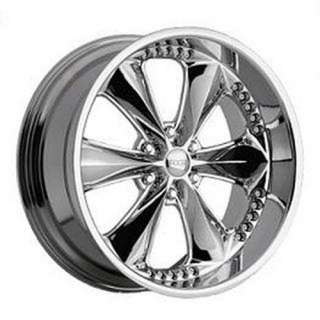Centerline Wheels Smoothie Centerline Drag Wheels
20 Inch Smoothie Wheels - One of the wheels can be described as circular component that is supposed to rotate during an axle bearing. The wheel is reasons components of the wheel and axle which is one of the six simple machines. Wheels, at the side of axles, allow heavy objects to always be moved easily facilitating movement or transportation while supporting a load, or performing labor in machines. Wheels also are for other purposes, such as a ship's wheel, controls, potter's wheel and flywheel.Common examples can be found in transport applications. A wheel greatly reduces friction by facilitating motion by rolling together while using axles. So that wheels to rotate, a minute is required to be relevant to the wheel about its axis, either by gravity or by use of another external force or torque.The English word wheel stems from the Old English word hweol, hweogol, from Proto-Germanic *hwehwlan, *hwegwlan, from Proto-Indo-European *kwekwlo-, a long variety of the fundamental *kwel- "to revolve, navigate around ".Cognates within Indo-European include Icelandic hjól "wheel, tyre", Greek κύκλος kúklos, and Sanskrit chakra, aforementioned both meaning "circle" or "wheel ".Precursors of wheels, called "tournettes" or "slow wheels", were known in the Middle East because of the 5th millennium BCE (one of the first examples was discovered at Tepe Pardis, Iran, and dated to 5200–4700 BCE). These people were constructed from stone or clay and secured to the floor accompanied by a peg with the center, but required effort to turn. True (freely-spinning) potter's wheels were apparently utilised in Mesopotamia by 3500 BCE and possibly since 4000 BCE, along with the oldest surviving example, which has been included in Ur (modern day Iraq), dates to approximately 3100 BCE.

The main proof wheeled vehicles appears on the wife or husband of your 4th millennium BCE, near-simultaneously in Mesopotamia (Sumerian civilization), the Northern Caucasus (Maykop culture) and Central Europe (Cucuteni-Trypillian culture), so your question that culture originally invented the wheeled vehicle holds unsolved.The primary well-dated depiction of one's wheeled vehicle (here a wagon — four wheels, two axles) is for the Bronocice pot, a c. 3500 – 3350 BCE clay pot excavated inside of a Funnelbeaker culture settlement in southern Poland.The oldest securely dated real wheel-axle combination, that from Stare Gmajne near Ljubljana in Slovenia (Ljubljana Marshes Wooden Wheel) is already dated in 2σ-limits to 3340–3030 BCE, the axle to 3360–3045 BCE.Two types of early Neolithic European wheel and axle are known; a circumalpine sort of wagon construction (the wheel and axle rotate together, for example Ljubljana Marshes Wheel), and the of this Baden culture in Hungary (axle will not rotate). They are both dated to c. 3200–3000 BCE.In China, the wheel was certainly present while using the adoption of the chariot in c. 1200 BCE,although Barbieri-Low[9] argues for earlier Chinese wheeled vehicles, c. 2000 BC.
Related Images with Centerline Wheels Smoothie Centerline Drag Wheels
16+Inch+Chrome+Reverse+Wheels 20 inch GMC truck chrome rims wheels

chrome smoothie wheels 6 lug chevy trucks $ 69 00 each chrome wheels

Boyd Coddington Foose Wheels for Pinterest

12 series gennie bare Car Tuning

| TITLE: | Centerline Wheels Smoothie Centerline Drag Wheels |
| IMAGE URL: | http://ls1tech.com/forums/attachments/drag-racing-tech/52654d1137827007-centerline-wheels-f-body-pics-needed-pdr_0021.jpg |
| THUMBNAIL: | https://tse2.mm.bing.net/th?id=OIP.WCfxPnBWWDqtWWRbWdWFGAEsDh&pid=Api&w=240&h=181 |
| IMAGE SIZE: | 76230 B Bs |
| IMAGE WIDTH: | 800 |
| IMAGE HEIGHT: | 600 |
| DOCUMENT ID: | OIP.WCfxPnBWWDqtWWRbWdWFGAEsDh |
| MEDIA ID: | 78098839C698A539FF7FDD8735C86AB064333F3C |
| SOURCE DOMAIN: | hdimagegallery.net |
| SOURCE URL: | http://hdimagegallery.net/centerline+wheels+smoothie |
| THUMBNAIL WIDTH: | 240 |
| THUMBNAIL HEIGHT: | 181 |
Related Images with Centerline Wheels Smoothie Centerline Drag Wheels
16+Inch+Chrome+Reverse+Wheels 20 inch GMC truck chrome rims wheels

chrome smoothie wheels 6 lug chevy trucks $ 69 00 each chrome wheels

Boyd Coddington Foose Wheels for Pinterest

12 series gennie bare Car Tuning

Tidak ada komentar:
Posting Komentar